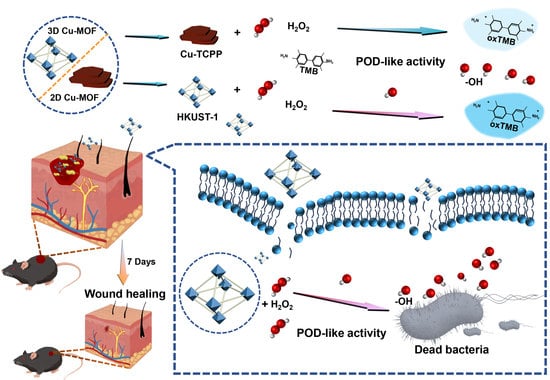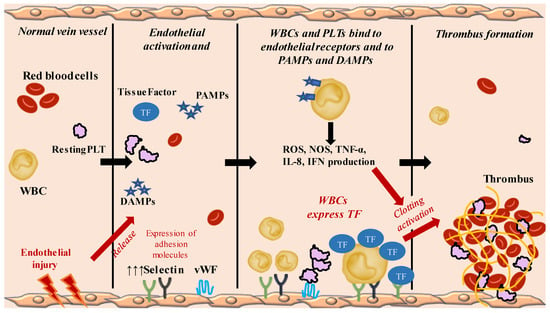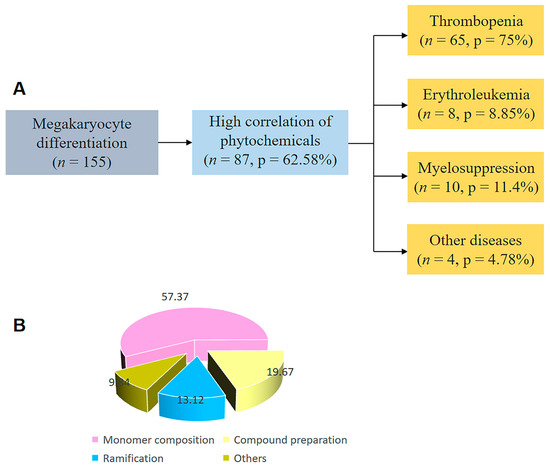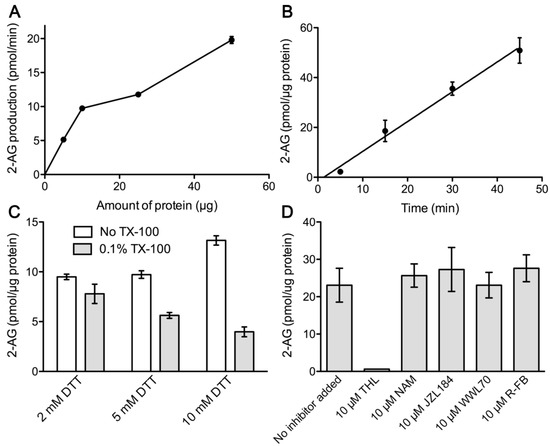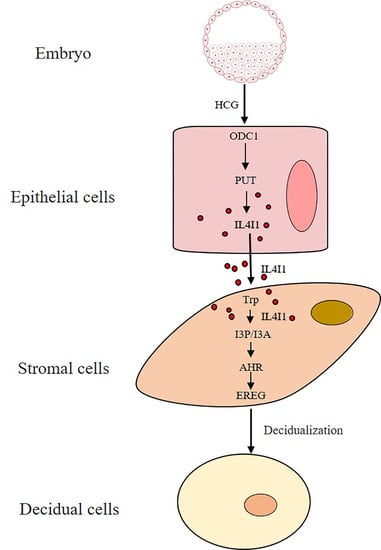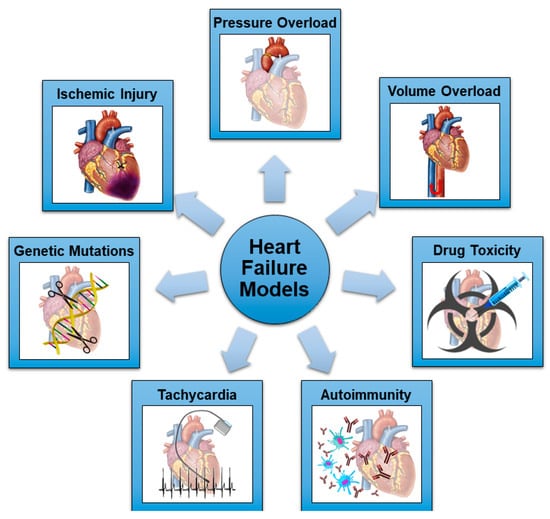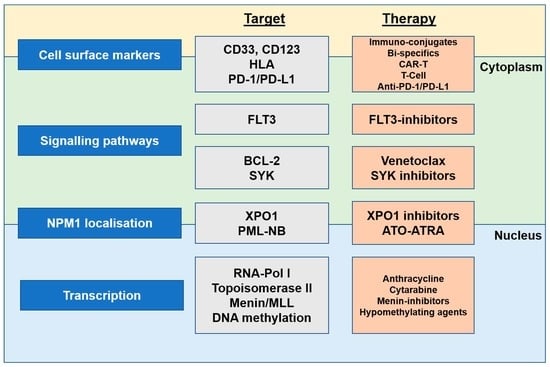Int. J. Mol. Sci. 2023, 24(4), 3173; https://doi.org/10.3390/ijms24043173 - 6 Feb 2023
Cited by 22 | Viewed by 3302
Abstract
Fighting against bacterial infection and accelerating wound healing remain important and challenging in infected wound care. Metal–organic frameworks (MOFs) have received much attention for their optimized and enhanced catalytic performance in different dimensions of these challenges. The size and morphology of nanomaterials are
[...] Read more.
Fighting against bacterial infection and accelerating wound healing remain important and challenging in infected wound care. Metal–organic frameworks (MOFs) have received much attention for their optimized and enhanced catalytic performance in different dimensions of these challenges. The size and morphology of nanomaterials are important in their physiochemical properties and thereby their biological functions. Enzyme-mimicking catalysts, based on MOFs of different dimensions, display varying degrees of peroxidase (POD)-like activity toward hydrogen peroxide (H2O2) decomposition into toxic hydroxyl radicals (•OH) for bacterial inhibition and accelerating wound healing. In this study, we investigated the two most studied representatives of copper-based MOFs (Cu-MOFs), three-dimensional (3D) HKUST-1 and two-dimensional (2D) Cu-TCPP, for antibacterial therapy. HKUST-1, with a uniform and octahedral 3D structure, showed higher POD-like activity, resulting in H2O2 decomposition for •OH generation rather than Cu-TCPP. Because of the efficient generation of toxic •OH, both Gram-negative Escherichia coli and Gram-positive methicillin-resistant Staphylococcus aureus could be eliminated under a lower concentration of H2O2. Animal experiments indicated that the as-prepared HKUST-1 effectively accelerated wound healing with good biocompatibility. These results reveal the multivariate dimensions of Cu-MOFs with high POD-like activity, providing good potential for further stimulation of specific bacterial binding therapies in the future.
Full article
(This article belongs to the Special Issue Recent Approaches for Wound Treatment)
►
Show Figures
